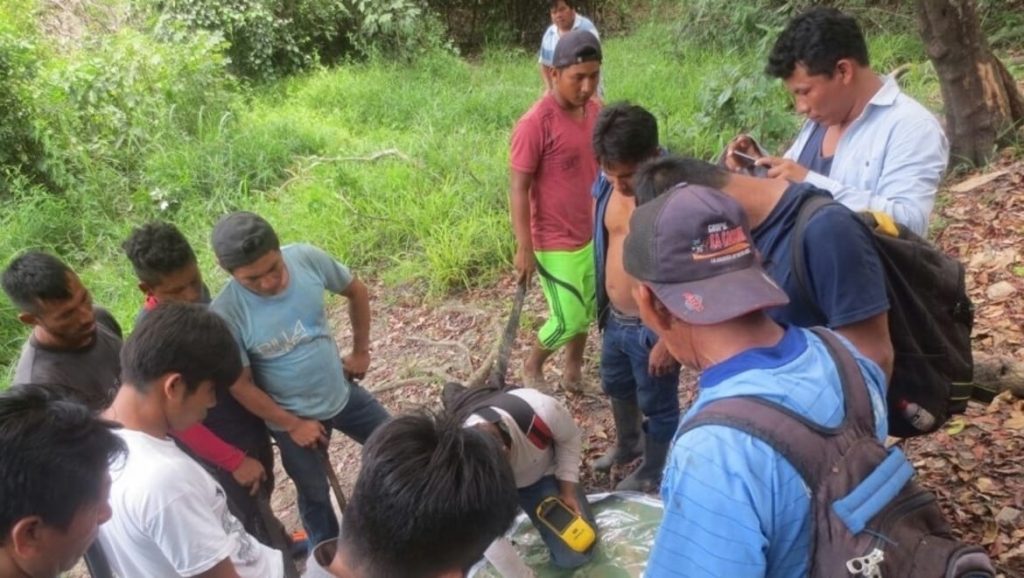
Webjet has launched a new carbon offset program in response to its customers “increasingly demanding” more sustainable travel options.
The online travel agent has collaborated with software provider Tasman Environmental Markets (TEM) on a tool that calculates the CO2 emissions of a user’s travel itinerary before offering the option to fund environmental projects to compensate.
It comes as the aviation industry worldwide comes under increasing pressure to reduce its carbon footprint – earlier this year, for instance, a British court ruled London Heathrow couldn’t build a third runway because of environmental concerns.
Webjet customers will now be able to fund projects such as one that protects ancient rainforests in Peru, strengthens renewable energy work in Asia, and funds smoke-free kitchens through the distribution of efficient cookstoves in Malawi.
The chief executive of Webjet OTA, David Galt, said, “As an online business, our impact on the environment is relatively limited, but we have a responsibility to promote sustainable travel where possible and help protect the destinations, landscapes and habitats our customers love to visit.”
In August, Australian Aviation reported that Melbourne Airport was on track to finish construction of its enormous solar farm in September, ready for it to be switched on in January.
Melbourne Airport said the project, conceived in 2018, will be the largest of its kind in Australia and will provide the equivalent of 15 per cent of the facility’s annual electricity consumption.
The solar farm follows similar projects installed at Karratha, Adelaide and Brisbane. The latter claimed upon its completion in 2018 to be the largest commercial rooftop solar system in the southern hemisphere, consisting of 6,500 panels covering more than 22,000 square metres.

















A B
says:This is pretty wild
Terence M
says:What’s a carbon offset?
They really mean an offset for carbon dioxide.
You know that life giving trace gas that’s necessary to sustain all life on Earth, and now at some 400 ppm is at the low end of desirable CO2 in the Earth’s atmosphere.
And they want to reduce it to what???
is